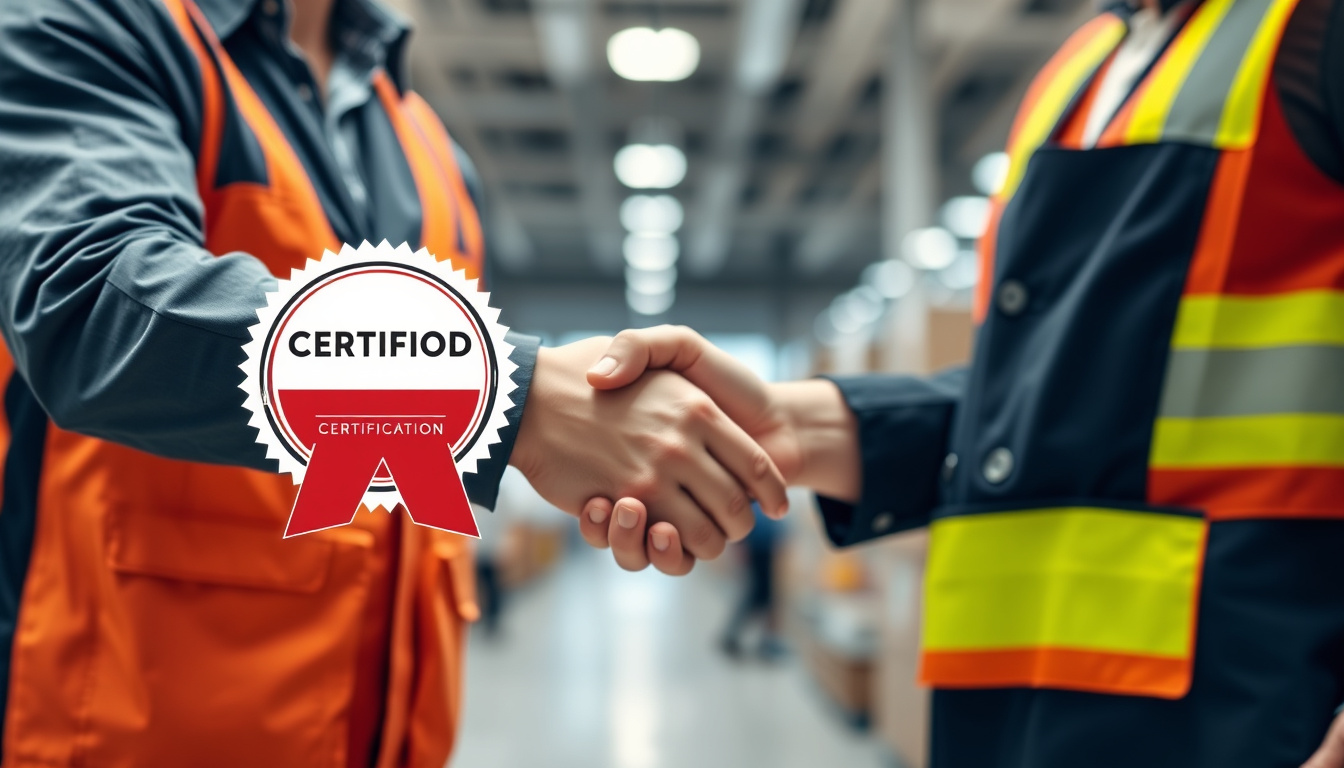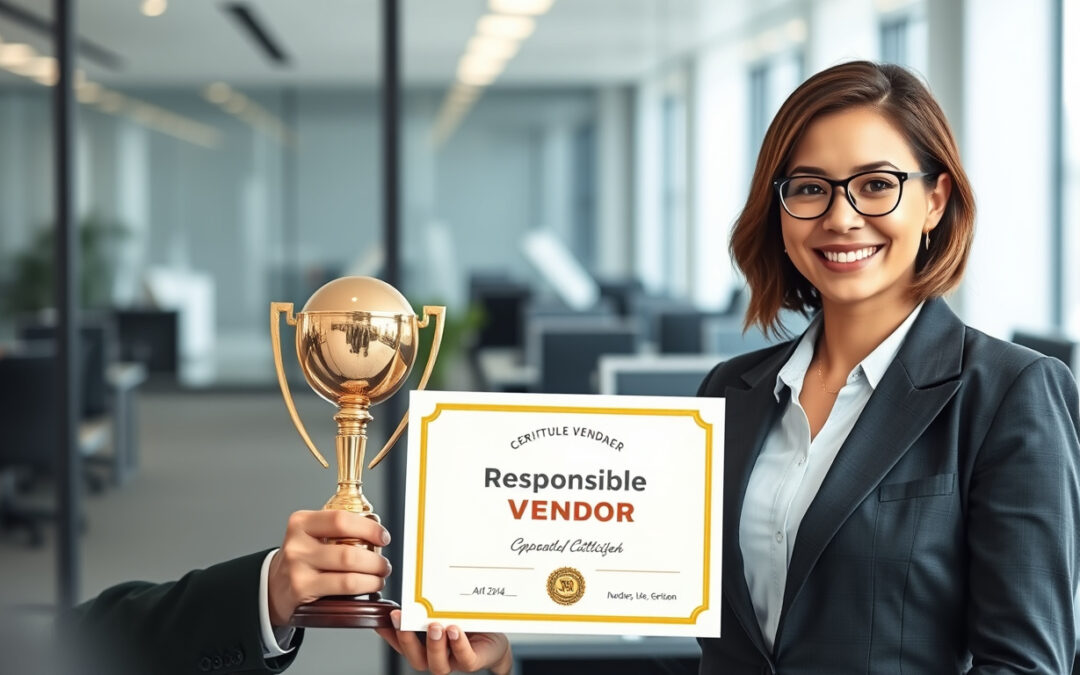In today’s market, trust matters. You earn trust with customers and partners. Responsible vendor certification builds that trust. It shows you act with ethics and care. It also opens new doors for your business. In this guide, we explain how certification helps you, list the steps you take, and show the boost it gives your business.
What Is Responsible Vendor Certification?
Responsible vendor certification gives a company clear praise. It shows that the firm meets ethical, social, and environmental standards. It tells customers, partners, and clients that you follow fair labor practices, protect the environment, and obey laws.
Third-party experts often check these claims. Certified companies prove they act with care and transparency. This status relies on close connections between your work and values.
Why Responsible Vendor Certification Matters for Your Business
Securing this certification can change your business in many ways. Here are the key points:
-
Builds Customer Trust
Buyers like clear proof of ethics. Certification links your business practice with trust. -
Meets Compliance and Regulatory Requirements
Many sectors require strict rules. Certification shows you meet or beat these rules. -
Differentiates Your Brand
In a crowded market, you need to stand out. Certification ties your brand to ethics. -
Expands Business Opportunities
Big companies and governments require ethics checks. Certification can be a key that unlocks larger deals. -
Improves Supply Chain Transparency
The process makes you look at your supply chain. You reduce risks and gain efficiency.
How to Get Responsible Vendor Certification: Step-by-Step
Follow these clear steps to earn certification.
Step 1: Understand Certification Standards and Requirements
Start by learning the rules. Different bodies use varied standards for labor, environment, and sourcing.
Look at well-known guidelines such as:
- ISO 20400 (Sustainable Procurement)
- Ethical Trading Initiative (ETI) Base Code
- SA8000 Social Accountability International Standard
Know these early. They help you see what you must fix.
Step 2: Conduct a Comprehensive Internal Assessment
Do a careful review of your work. Check your labor policies, environmental systems, and legal compliance. Look at how you work with suppliers.
Record your findings and note gaps.
Step 3: Implement Necessary Improvements
Make changes based on your review. Improve worker safety and fair policies. Use greener methods. Increase transparency with suppliers.
Work with your team and partners to meet these needs.

Step 4: Prepare Documentation
Collect all proof of your responsible actions. Bring together:
- Policy manuals
- Training records
- Audit results
- Environmental reports
Clear documentation speeds up the process.
Step 5: Apply for Certification and Schedule an Audit
Submit your application with all paperwork. The certifiers then plan an onsite or remote review. They check your practice and documents.
Step 6: Receive Certification and Maintain Standards
Once you meet the rules, you get certified. But work does not stop here. Keep improving by holding regular audits and updates.
Key Benefits of Responsible Vendor Certification in Numbers
A 2023 Nielsen survey shows 73% of consumers change habits to help the planet. This shows a clear trend.
The numbers speak:
- 25% Increase in Supplier Contracts: Businesses win more deals.
- 40% Boost in Customer Retention: Customers stay longer with ethical vendors.
- 15-20% Reduction in Supply Chain Risk: Clear supply chains mean less risk.
Best Practices to Leverage Responsible Vendor Certification
Certification is only a start. To get the full benefit, try these tips:
- Promote Your Certification: Show it on your website, in your ads, and in your proposals.
- Educate Your Customers and Partners: Explain what certification means.
- Collaborate with Certified Partners: Link up with others who share your ethics.
- Continue Monitoring and Improving: Regularly check and update your policies.
Frequently Asked Questions (FAQs)
1. What industries can benefit from responsible vendor certification?
Many sectors benefit. Think of manufacturing, retail, tech, healthcare, and government. Any business that values supply chain clear rotation and ethics gains from this certification.
2. How long does it take to get responsible vendor certification?
It depends on your size and readiness. Typically, the work takes about three to six months, through audits and changes.
3. Is responsible vendor certification recognized internationally?
Yes. Many certifications use global standards like ISO, so they are known and trusted worldwide.
Final Thoughts: Invest in Your Business Credibility Today
In a market that cares more about ethics, responsible vendor certification is not just an accolade but a powerful tool. It builds trust, opens markets, and protects your business from ethical risks. Each closer link between policy and practice boosts your credibility—and helps build a fair, sustainable world.
Start your journey toward certification today. Let your strong, ethical practices lead you to greater opportunities and lasting success.


